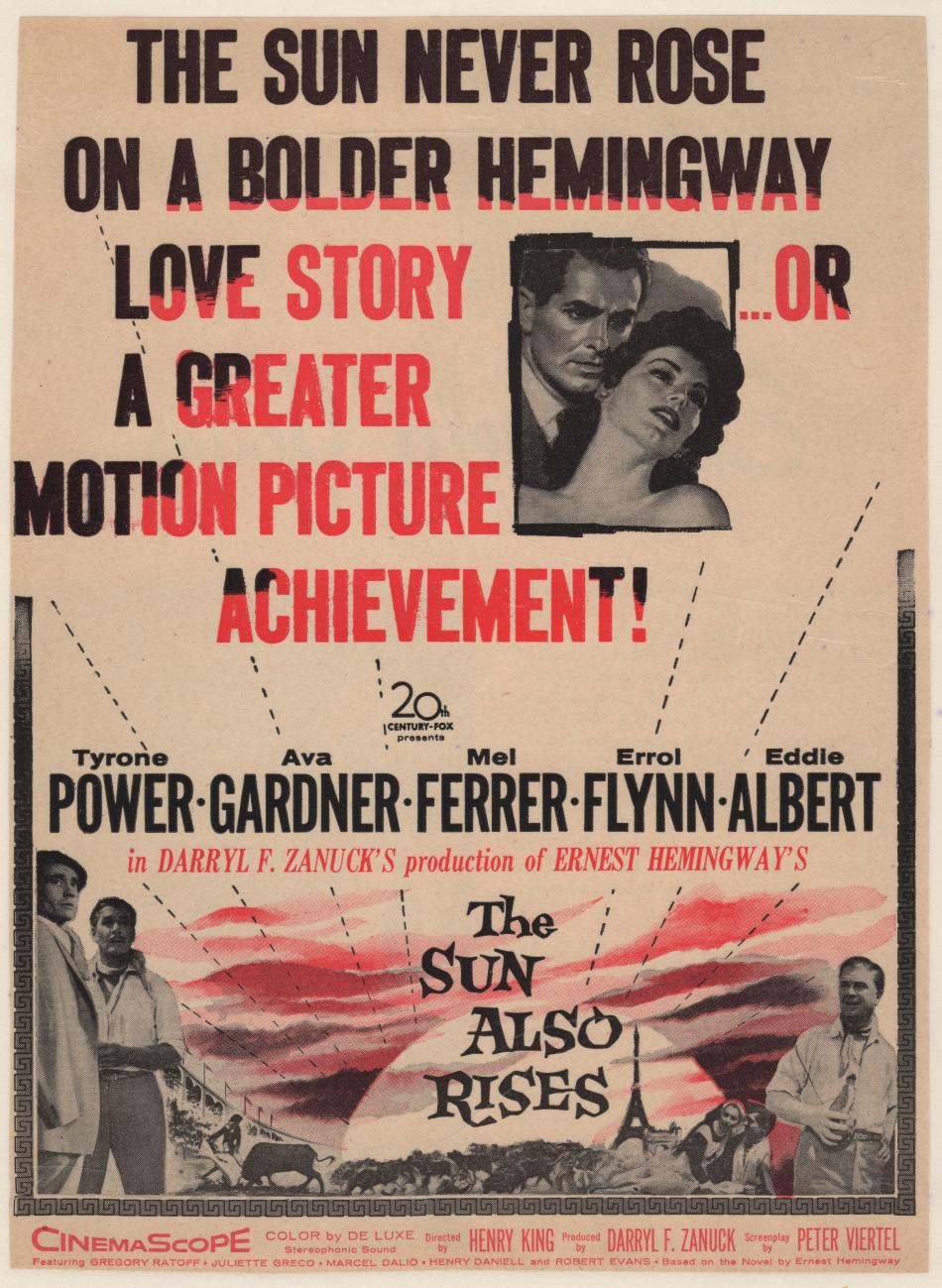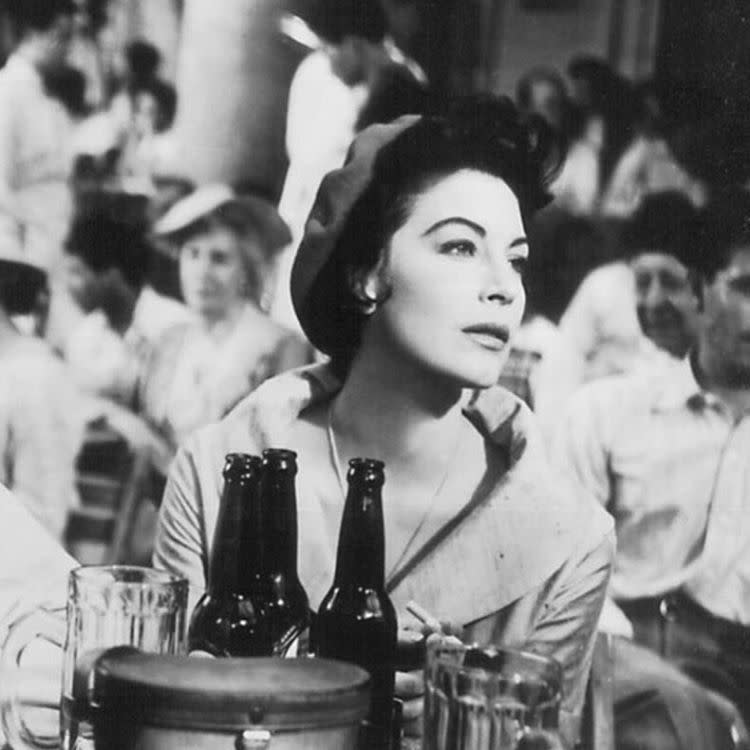January 2020 marks 100 years since the start of the “Roaring Twenties” and the start of Prohibition. The decade of the 1920s is well-known as an economically prosperous time period, a time of cultural change and progressive social changes. It is also well-known as the Jazz Age, a time full of music, parties, speakeasies, and flappers.
For many people though, this time period was very different. Rural America suffered agricultural depressions rather than economic prosperity, and many others were disillusioned with American ideals. The 1920s came just after the end of World War I, which was damaging, physically and emotionally, to the young generation that fought in the war and saw its devastation. Some of these young people, especially writers and artists, saw themselves as the Lost Generation. Some became expatriates by remaining in Europe after war’s end. Well-known members of this Lost Generation include Ernest Hemingway, F. Scott Fitzgerald, Gertrude Stein, and T.S. Eliot.

Ava Gardner on the set of The Sun Also Rises (1957), dancing in a nightclub scene.
Ernest Hemingway’s 1926 novel The Sun Also Rises epitomized the lifestyle of these “Lost” expatriates who lived lives full of parties and alcohol as an escape from their pain. F. Scott Fitzgerald’s The Great Gatsby also epitomized the literary themes of the Lost Generation which included decadence and the frivolous lifestyle of the wealthy, death of the American dream, and disillusionment.

Advertisement for The Sun Also Rises, in the Ava Gardner Museum Collection.
In the 1957 film adaptation of Hemingway’s The Sun Also Rises, Ava Gardner starred as Lady Brett Ashley, a jaded woman widowed by World War I and for whom every man falls. While the novel was set in the mid-1920s, the film adaptation sets the story in 1922. Both novel and film depict a group of disillusioned young adults who cope with their losses dealt through World War I by drinking, traveling, and otherwise leading hedonistic lifestyles. Ava Gardner described these Lost Generation characters in her autobiography Ava: My Story as “bohemian pleasure seekers who sought to flee their pain through drinking and general dissipation across the face of Europe.”

One of the dresses Ava Gardner wore as Lady Brett Ashley in The Sun Also Rises. The Fontana Sisters created Ava's costumes for the film. This dress is currently on display in the Hemingway’s Heroine exhibit at the Ava Gardner Museum.
The film marked the third Hemingway adaptation that Ava had starred in, after The Killers (1946) and The Snows of Kilimanjaro (1952). By this time, Ava had become good friends with Hemingway whom she called Papa. Hemingway even personally recommended Ava for the role of Lady Brett Ashley.

Ava Gardner as Lady Brett Ashley with co-star Tyrone Power as Jake Barnes in The Sun Also Rises. Ava is wearing the dress that we currently have on display in our Hemingway’s Heroine exhibit.
Ava loved the story and her character, Brett Ashley:
“Originally published in 1926, with its title taken from a particularly down-in-the-mouth section of Ecclesiastes, Sun was notorious because its main character, Jake Barnes, was sexually impotent owing to a wound suffered in World War I. Even Papa’s own mother had called it ‘one of the filthiest books of the year’…I felt an immediate kinship with Lady Brett, who Papa wrote was ‘as charming when she is drunk as when she is sober.’ I always felt close to Papa’s women.” – Ava: My Story

Hemingway’s work was semi-autobiographical and he was not particularly impressed by the film adaptation, calling it “disappointing.” Ava generally agreed with Hemingway about the results of the film adaptation, saying, “Though I’d been involved in a couple of previous film versions of Papa Hemingway’s works that had turned out fine, I never thought that filming The Sun Also Rises was the best of ideas. I didn’t think it could be done without spoiling it, and I’m afraid I turned out to be right.”
Reception of the film was mixed and Ava said that the film “might have gotten better reviews than it deserved when it came out.” But as for Ava’s performance, Variety said she created a “sympathetic and credible performance” while Time magazine called it the “most realistic performance” of her career.





